Tall, creamy, and silky smooth – who doesn’t love cheesecake? They are delicious on their own and wonderful with toppings such as fruit. They are easy to make and very convenient for company since you have to make them the day before! Cheesecakes are also very adaptable to different flavours and toppings. And – as if they needed any further endorsement – they also freeze well!

Being a cheesecake lover myself, it used to frustrate me that somehow I always ended up with a brown top, a sunken middle and sometimes a few cracks down the middle. Of course, these things don’t affect the flavour and can be hidden with toppings but I just didn’t understand why it happened when I had followed the instructions exactly!
So, here are a few tips I have learned over time that you can apply to your favourite recipe. You will have a creamy, smooth cheesecake, no matter which recipe you use, and you don’t have to put up with cracks any longer! Some love the New York style cheesecake best and will only use cream cheese. I find the most delicious cheesecakes replace at least half the cream cheese with sour cream.
7 tips for a foolproof cheesecake
1. Use a blender: Don’t whip the ingredients! You don’t want airiness but creaminess in a cheesecake. Incorporating too much air can cause the cheesecake to fall in the middle and eventually result in cracks. So the best way is to use a food processor with the blade attachment. To avoid lumps, start by blending the cream cheese with the sugar until smooth, then add bit by bit the sour cream or cream or whatever you are using and keep blending. Finally, add the eggs, one at a time. Another advantage of using the blender is that you can use the cream cheese straight out of the fridge.
2. Add cornstarch: Although purists rely on eggs alone to set the filling, adding one tablespoon of cornstarch prevents the eggs from over coagulating if you over bake the cake a little. So cornstarch is a little insurance to prevent cracking from over baking.
3. Slow baking: Cheesecakes are best baked in a slow oven, no more than 300 or 325 degrees, depending on your oven.
4. Water bath: Bake your cheesecake in a water bath. A cheesecake really belongs in the family of custards. The water bath ensures slow even baking and also keeps the top moist, which helps prevent cracking. If you like to keep the top light in color, bake the cheesecake uncovered for the first half of your baking time, and cover loosely with foil during the second half. Don’t cover it for the entire time or you will end up with a watery cheesecake! In order to make sure no water leaks into the cake, double or triple wrap the spring form pan with foil.
5. Gradual cooling: Let the cheesecake cool down slowly. If possible, leave it in the oven after you turn it off with the oven door ajar for about 30 minutes. Then remove it from the water bath and let it cool down completely before covering and refrigerating it. This avoids condensation and a soggy cake. It should be refrigerated over night to achieve the perfect consistency.
6. Release the cake: When you take the cake out of the oven, run a knife along the edge to loosen it and prevent cracking. The cake contracts slowly while cooling down, so if the edges are stuck to the pan, cracks occur.
7. Don’t over bake: Another reason for cracking is over baking the cheesecake and drying it out. Your cheesecake is done when the center jiggles slightly. It will firm up once you cool it down. In my oven (a convection oven) it takes about 60 minutes on 300 degrees.
Note: If you are making a cheesecake crust, it should be baked before adding the filling and placing the pan in the water bath or else the crust will have a “cooked” texture rather than baked.













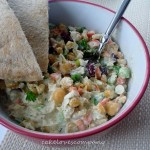







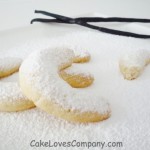
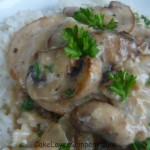


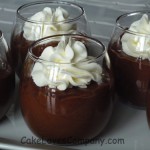



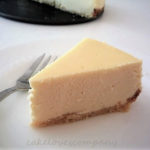
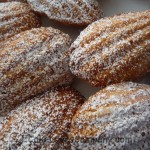
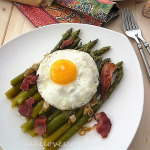
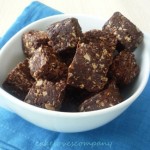




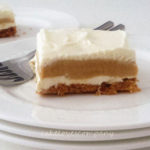

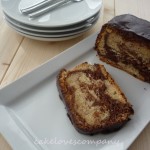









![Validate my RSS feed [Valid RSS]](https://cakelovescompany.com/wp-content/uploads/2014/11/valid-rss-rogers.png)